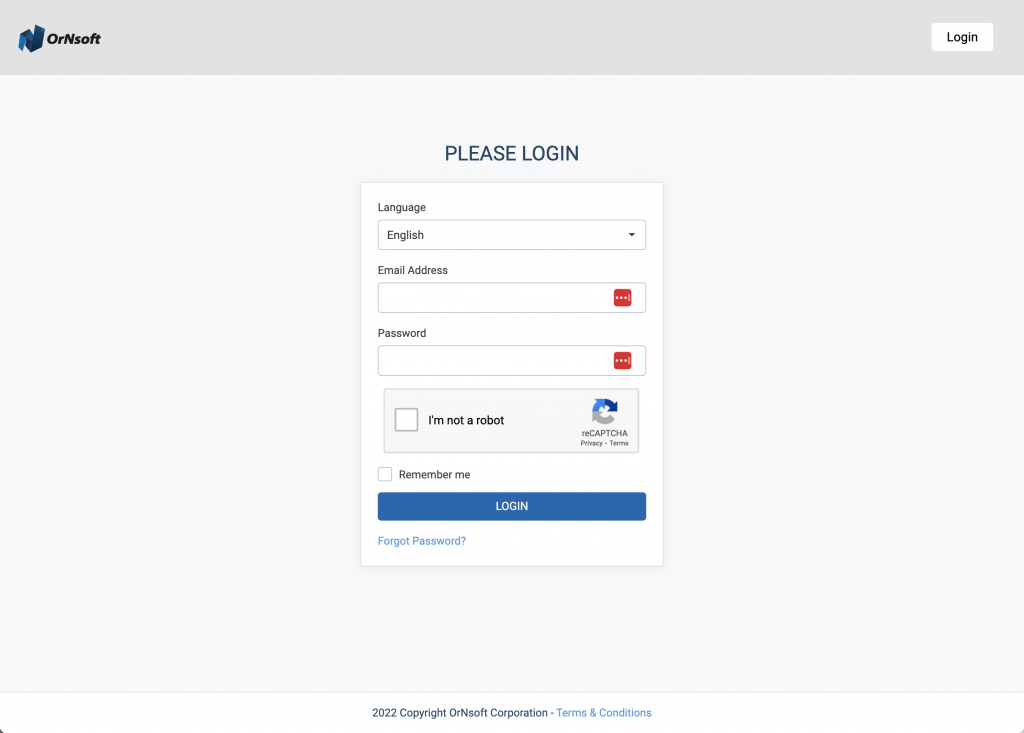Introduction
In the fast-paced world of technology, the ability to quickly identify and react to unexpected changes or anomalies is critical. This is where anomaly detection comes into play. Anomaly detection, a branch of artificial intelligence (AI), is a powerful tool that helps businesses identify unusual patterns or outliers in their data, enabling them to act swiftly and make informed decisions.
What Is Anomaly Detection?
Anomaly detection, or outlier detection, is a process that identifies data points, events, or observations that deviate from the expected pattern in a dataset. These anomalies, also known as outliers, are often indicative of critical incidents, such as bank fraud, medical problems, or structural defects. Anomaly detection is used in various fields, including finance, healthcare, and information technology, leveraging machine learning and AI development to identify these unusual patterns.
History of Anomaly Detection
The concept of anomaly detection has been around for several decades, with its roots tracing back to the statistical quality control methods used in manufacturing during the early 20th century. However, it wasn’t until the advent of digital computers in the 1960s and the subsequent explosion of data that anomaly detection truly began to take shape.
With the rise of AI and machine learning in the late 20th and early 21st centuries, anomaly detection has evolved significantly. Today, it is an integral part of many advanced AI solutions, including OrNsoft’s CEErtia, a powerful tool that helps businesses identify and react to anomalies in real-time.
Importance of Anomaly Detection
In today’s data-driven world, anomaly detection plays a crucial role. It helps businesses identify potential threats, such as fraud or cyber attacks, before they cause significant damage. Moreover, it allows companies to identify and address operational inefficiencies, leading to improved performance and cost savings.
Anomaly detection also plays a significant role in predictive maintenance, helping companies anticipate and address equipment failures before they occur. This not only reduces downtime but also extends the life of the equipment, leading to substantial cost savings.
Practical Applications
Anomaly detection has a wide range of practical applications. In the financial sector, it is used to detect fraudulent transactions. In healthcare, it can help identify unusual patterns in patient data, potentially flagging serious health conditions early on. In IT, anomaly detection can identify potential security threats, such as unusual network traffic, that could indicate a cyber attack.
Moreover, with the rise of the Internet of Things (IoT), anomaly detection has become increasingly important. It is used to monitor the vast amounts of data generated by IoT devices, identifying any unusual patterns that could indicate a problem.
The Role of Anomaly Detection in Modern Enterprises
In the modern enterprise landscape, anomaly detection is a critical tool for maintaining operational efficiency and security. By identifying unusual patterns in data, businesses can quickly identify and address potential issues, whether they’re operational inefficiencies, security threats, or potential equipment failures.
Anomaly detection also plays a crucial role in data-driven decision making. By identifying anomalies, businesses can gain insights into trends and patterns that might otherwise go unnoticed. These insights can inform strategic decisions, helping businesses stay ahead of the competition.
Case Study
One successful implementation of anomaly detection is in the banking sector. A major bank used OrNsoft’s CEErtia to monitor transactions for unusual activity. The system was able to identify a series of fraudulent transactions that were initially overlooked by the bank’s traditional security measures. By identifying these anomalies, the bank was able to prevent further fraud and save significant amounts of money.
Future Outlook
As technology continues to evolve, the role of anomaly detection is set to grow. Advances in AI and machine learning will enable more sophisticated anomaly detection techniques, while the growth of the IoT will create more opportunities for anomaly detection.
Moreover, as businesses become increasingly data-driven, the demand for effective anomaly detection tools will continue to grow. Businesses that can effectively leverage these tools will have a significant advantage in the increasingly competitive business landscape.
Conclusion
Anomaly detection is a powerful tool that can help businesses identify and address potential issues before they cause significant damage. By leveraging advanced AI and machine learning techniques, businesses can identify unusual patterns in their data, gaining valuable insights and making informed decisions.
Intrigued by the potential of AI for your business? Schedule a free consultation with us here.

